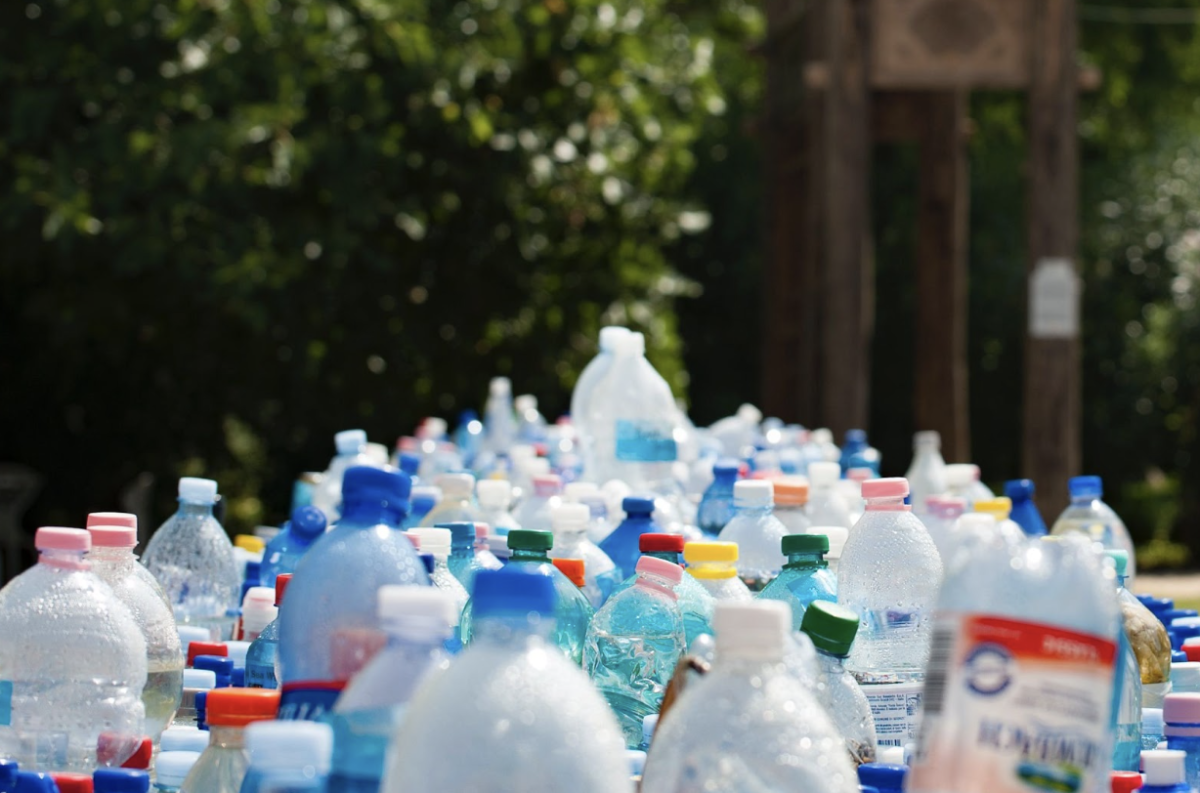Table of Contents
A new study has recently revealed that a typical one-litre bottle of water contains, on average, around 240,000 plastic fragments. Researchers determined that many of those fragments have historically gone undetected and have suggested that health concerns linked to plastic pollution may be dramatically underestimated.
As reported by CNN, experts say that nanoplastics are so small, over 1,000th the average width of a human hair, making it easier for them to migrate through the tissues of the digestive tract or lungs into the bloodstream, thereby potentially distributing harmful synthetic chemicals throughout the body and into cells.
Nanoplastics in Bottled Water: About The Study
The study, published on Monday in the journal Proceedings of the National Academy of Sciences, investigated bottled water for the presence of nanoplastics, which are plastic particles under 1 micrometre in length. In the peer-reviewed study, the findings revealed that bottled water could contain up to 100 times more plastic particles than previously estimated.
Study lead author Naixin Qian, a Columbia University physical chemist, shared that most of the plastic seems to be coming from the bottle itself and through the reverse osmosis membrane filter used to filter other contaminants.
The Persisting Question: Are These Nanoplastic Fragments Harmful To Health?
Study co-author Phoebe Stapleton, a toxicologist at Rutgers, says the investigation into this is under review. She adds: “We don’t know if it’s dangerous or how dangerous…We do know that they are getting into the tissues (of mammals, including people).”
Nanoplastics pose a greater threat to human health than microplastics as they are small enough to infiltrate the bloodstream and impact organs [Source: Bloomberg]. These particles can also easily through the placenta to the bodies of unborn babies. While researchers have long suspected their presence in bottled water, they have lacked the technology to identify individual nanoparticles.
Also speaking to AP News, Duke University professor of medicine and comparative oncology group director Jason Somarelli (not a part of the study) says: “The danger of the plastics themselves is still an unanswered question. For me, the additives are the most concerning.”
How To Overcome This Challenge
According to the article by Bloomberg, to overcome this infiltration of nano-plastics in the bloodstream, the study’s co-authors have invented a new microscopy technique, programmed a data-driven algorithm and used both techniques to analyse roughly 25 1-litre water bottles. Through the research, they found 110,000 to 370,000 tiny plastic particles in each litre, out of which 90% of them turned out to be nanoplastics.
Naixin Qian adds that this study provides a powerful tool to address the challenges in analysing nanoplastics, holding the promise to bridge the knowledge gap on plastic pollution at the nano level. Beizhan Yan, another study’s co-author and an environmental chemist at Columbia University, says: “This opens a window where we can look into a world that was not exposed to us before.”
Though plastic pollution is a global crisis, bottled water is of particular interest to scientists due to its potential to penetrate plastic particles into the human body. In a report published in the National Library of Medicine in 2021, the study warned that just by simply opening and closing the cap on a plastic bottle of water can release tiny plastic fragments into the liquid.
